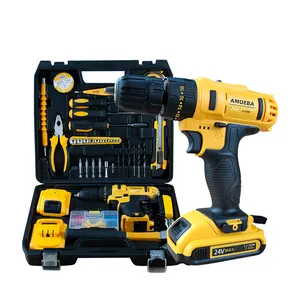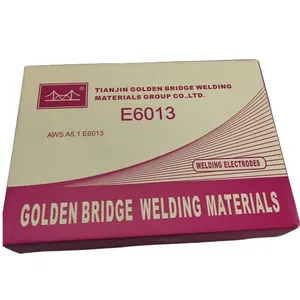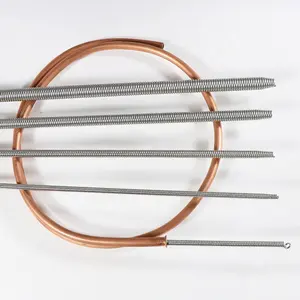Popular in your industry



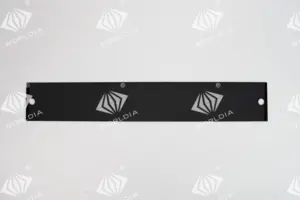





















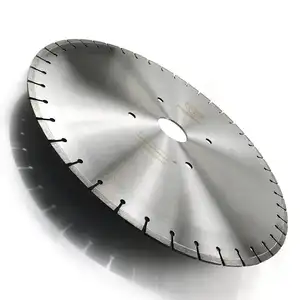


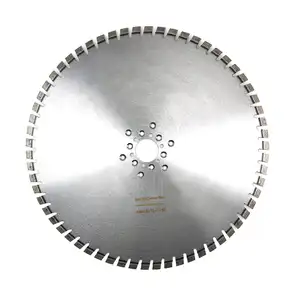
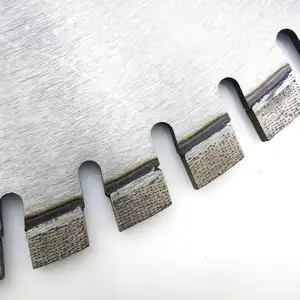




















































































































































































Top categories
About diamond cutting rule
Diamond Cutting Rule: An Overview
The diamond cutting rule stands as a pivotal component in the realm of precision cutting tools. Utilized across various industries, these rules are integral for those requiring exact cuts in materials ranging from stone to metal. The diamond cutting rule is not a one-size-fits-all solution; rather, it encompasses a variety of blade types designed for specific materials and cutting conditions.
Types and Applications
Within the category of diamond cutting rules, there are several types tailored to distinct applications. Carbide saw blades, known for their durability, cater to tasks involving plastic and non-ferrous metals, delivering clean and precise cuts. For woodworking, whether dealing with hard, soft, or chipboard, tungsten carbide saw blades are the go-to for their ability to handle such materials with ease. In contrast, for intricate cutting, including watermarks and small shapes, scroll saw blades offer the high precision required by craftsmen and professionals.
Choosing the Right Blade
Selecting the appropriate diamond cutting rule is contingent upon the desired outcome. For straight, accurate cuts, metal cutting circular saw blades are recommended. Their sharpness and design facilitate quick execution. Conversely, when the task involves curves or cavities, the flexibility of reciprocating saw blades becomes invaluable, especially when paired with saber saws. For those facing hard and abrasive materials, diamond saw blades rise to the occasion, capable of slicing through stone, concrete, bricks, glass, and ceramics with their varied shapes and specialized edges.
Features and Materials
The construction of a diamond cutting rule is a testament to engineering designed to meet the demands of precision cutting. Blades are often reinforced with materials such as tungsten carbide or industrial-grade diamonds, which are bonded to the edge of the blade. This composition not only enhances the blade's cutting ability but also extends its lifespan, even under strenuous conditions.
Advantages of Diamond Cutting Rules
The advantages of employing a diamond cutting rule are manifold. These blades offer unmatched durability and the ability to maintain sharpness over prolonged periods. Their versatility across different materials makes them an indispensable tool in various sectors, from construction to fine arts. Moreover, the precision they afford in cutting tasks ensures minimal material waste and a clean finish, which is essential for both aesthetic and structural integrity.
Conclusion
In conclusion, the diamond cutting rule is a cornerstone in the toolkit of professionals seeking precision, durability, and versatility. While the selection process may seem daunting, understanding the specific applications and features of each blade type can lead to an informed decision, ensuring that the right tool is chosen for the task at hand.
